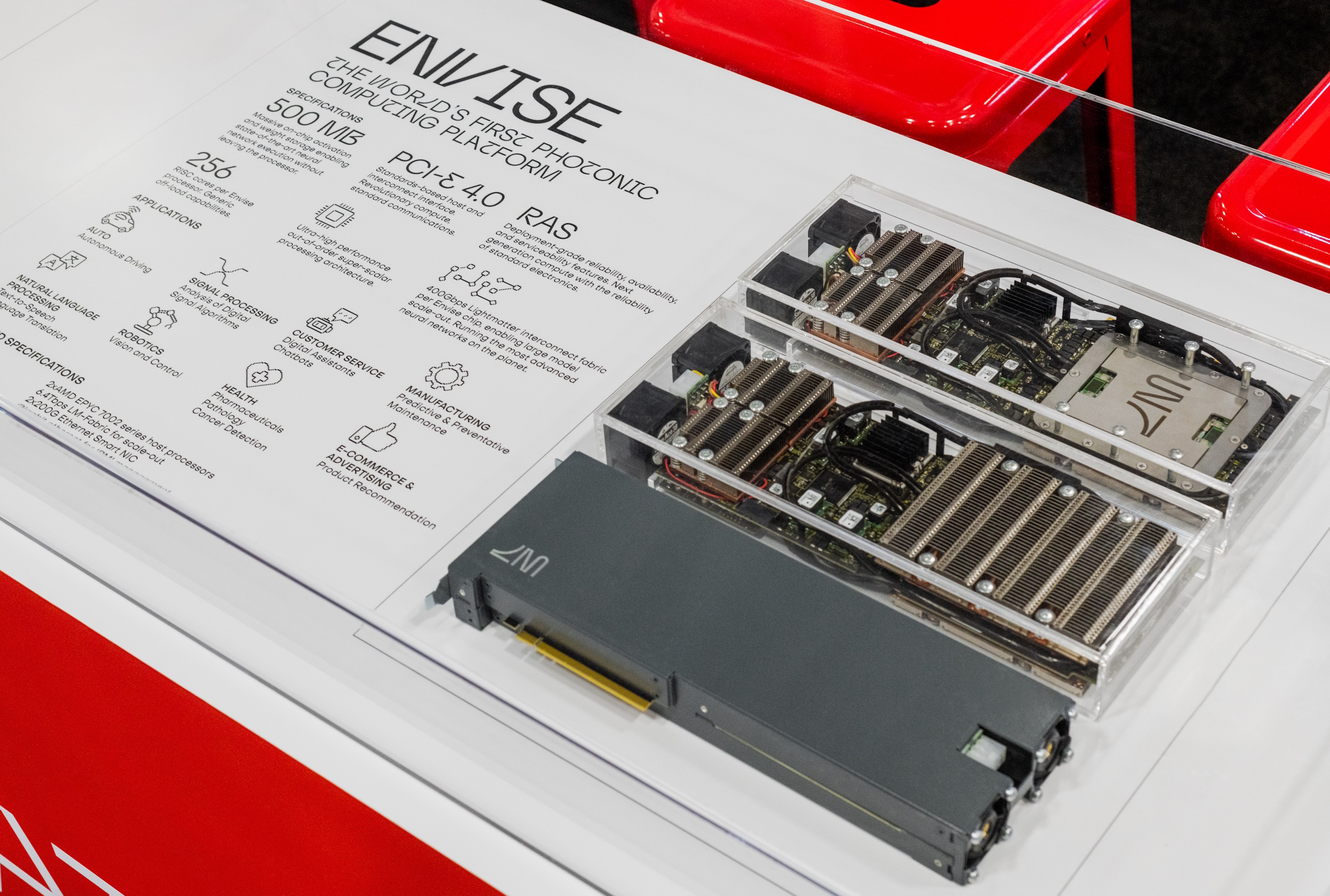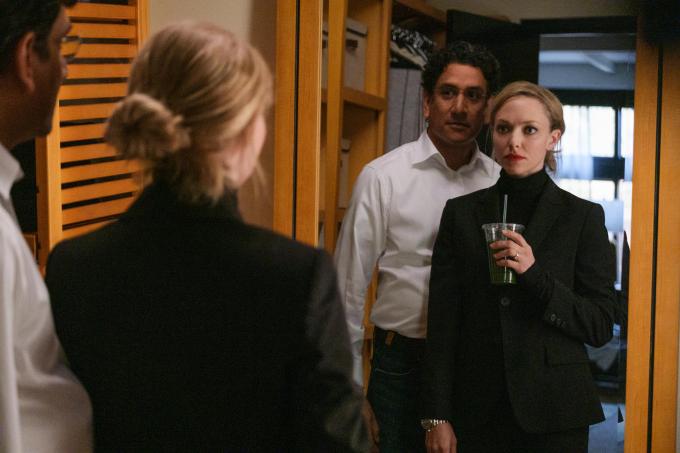A California bill that would require a trained human safety operator to be present any time a heavy-duty autonomous vehicle operates on public roads in the state is getting traction. The bill, first introduced in January, passed the state’s Assembly Wednesday and will now face a committee review and vote in the Senate.
Advocates of the bill want to ensure both the safety of California road users and the job security of truck drivers. AV companies and industry representatives say the move is unreasonable, threatens California’s competitiveness in the AV and trucking space, and hinders the advancement of a technology that can save lives.
“AB 316 is a preemptive technology ban that will put California even further behind other states and lock in the devastating safety status quo on California’s roads, which saw more than 4,400 people die last year,” said Jeff Farrah, executive director of the Autonomous Vehicle Industry Association, in a statement. “AB 316 undermines California’s law enforcement and safety officials as they seek to regulate and conduct oversight over life-saving autonomous trucks.”
If the legislation passes in the Senate, it’ll go to Gov. Gavin Newsom’s desk to be signed into law, unless Newsom decides to veto. While Newsom has received huge donations from big tech companies and recently buddied up to tech billionaire Elon Musk, the politician has also been known to crack down on technology that puts his constituents at risk.
Risk and safety is what the conversation around AB 316 comes down to. Bill authors and supporters have pointed to instances when robotaxis malfunctioned on city streets in San Francisco and Teslas operating under the automaker’s advanced driver assistance systems like Autopilot have caused fatal accidents.
“California highways are an unpredictable place, but as a Teamster truck driver of 13 years, I’m trained to expect the unexpected. I know to look out for people texting while driving, potholes in the middle of the road, and folks on the side of the highway with a flat tire. We can’t trust new technology to pick up on those things,” said Fernando Reyes, Commercial Driver and Teamsters Local 350 member, in a statement. “My truck weighs well over 10,000 pounds. The thought of it barreling down the highway with no driver behind the wheel is a terrifying thought, and it isn’t safe. AB 316 is the only way forward for California.”
The bill does not ban companies from testing or deploying self-driving trucks on California’s public roads. It only insists that a trained human driver be present in the vehicle to take over in case of an emergency.
The California Department of Motor Vehicles, the agency tasked with providing testing and deployment permits for AVs in the state, still has a ban on autonomous vehicles weighing over 10,001 pounds in the state. In anticipation of the DMV soon lifting that ban, AB 316 effectively limits the DMV’s future authority to regulate AVs, power the agency has held since 2012. If passed, the DMV would not be able to sign off on autonomous trucking companies removing the driver for testing or deployment purposes unless the legislature is convinced that it’s safe enough to do so.
Additional language was added to AB 316 to outline the role the DMV will play in providing evidence of safety to policymakers.
By January 1, 2029, or five years after the start of testing (whichever occurs later), the DMV will need to submit a report to the state that evaluates the performance of AV technology and its impact on public safety and employment in the trucking sector. The report will include information like disengagements and crashes, as well as a recommendation on whether the legislature should “remove, modify or maintain the requirement for an autonomous vehicle with a gross weight of 10,001 pounds or more to operate with a human safety operator physically present in the vehicle,” according to the bill’s language.
Once that report is handed over, the legislature will conduct an oversight hearing. If the legislature and the governor approve of removing the human safety operator requirement, the DMV will still need to wait another year after the date of the hearing to issue a permit. That means California might not see autonomous trucks operating with no human in the front seat until 2030 at the earliest.
“If enacted, AB 316 will make California an outlier by prohibiting autonomous trucks from operating on their own unless approved by the [California Legislature] through a convoluted process,” said Safer Roads for All, a coalition of AV advocates. “Let’s hope other states are more sensible and let road safety experts do their jobs.”
California lawmakers and AV industry battle for future of self-driving trucks by Rebecca Bellan originally published on TechCrunch
from TechCrunch https://ift.tt/cimnO7U
via IFTTT





